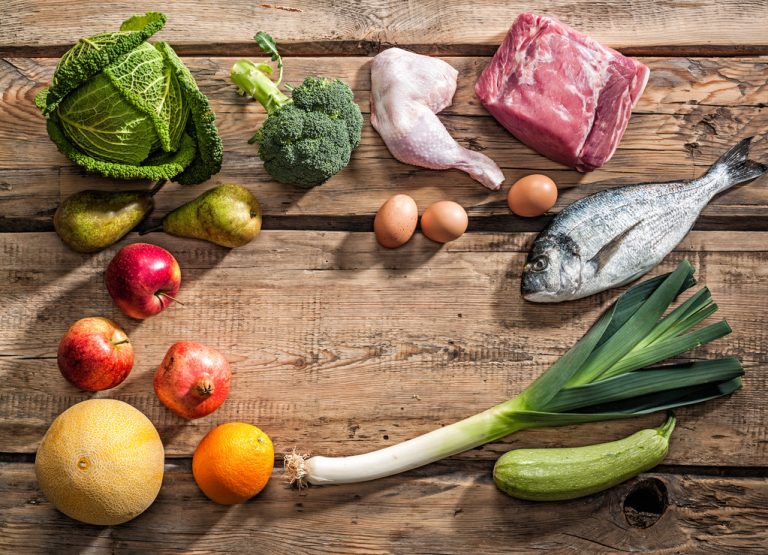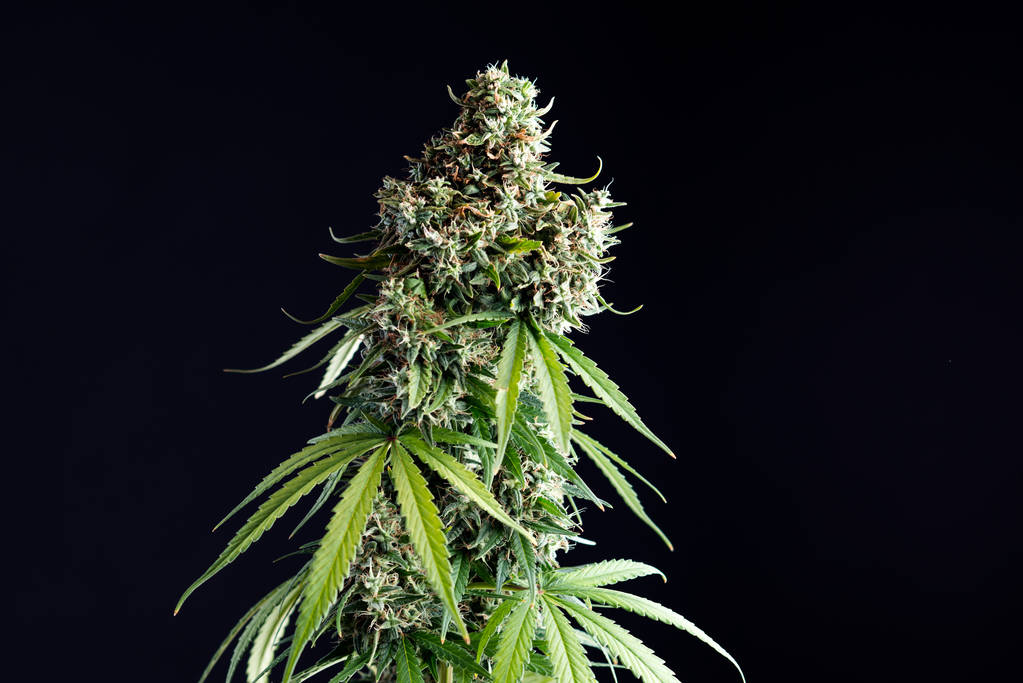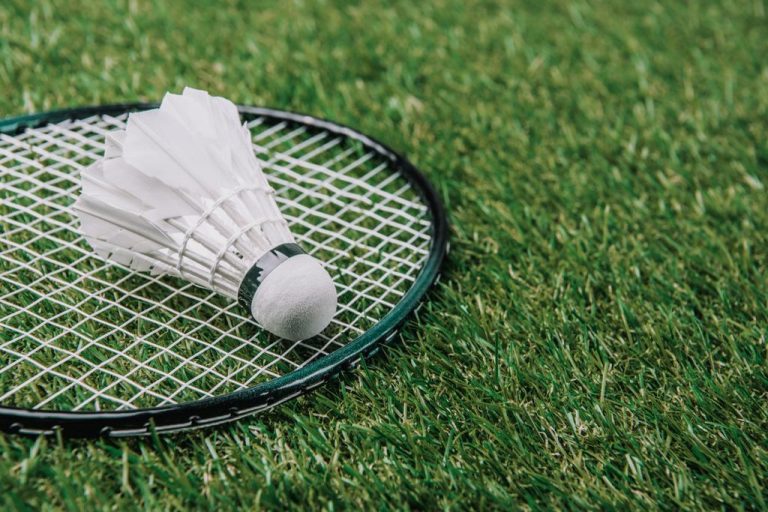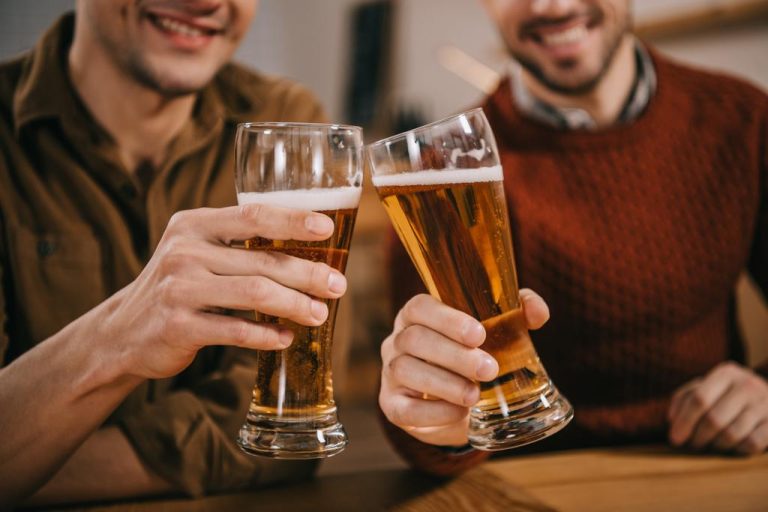Good food is well known for making us happier inside and out. A study shows how a simple trick can increase this effect.

Basics of the study
Every person has a different way to feel more comfortable. While for some it is relaxation methods such as yoga or meditation, others rely on sports, painting or talking to friends. But it is not uncommon for people to feel completely at ease after a delicious meal.
Based on the assumption that good food makes you happy, Edith Cowan University (ECU) initiated a study to prove that there is a connection between good food and our mental health.
A total of 657 people took part in the study, each of whom underwent a seven-week cooking course focused on preparing healthy food. After completing the cooking course, it was examined to what extent participation in the program affected general, but also mental health and subjective vitality. The term “subjective vitality” includes, among other things, perceived energy, willingness to perform and zest for life.
Cooking yourself: Good food should make you even happier
The results were impressive: The participants not only had a higher self-confidence when it came to cooking in general, but even adopted new and healthy eating habits in everyday life. In all three areas that were examined after the study, positive effects were found in the test persons: in general, but also in mental health and subjective vitality.
Basically, the study shows that there is a connection between health and healthy eating. Significant for an improvement in nutrition is not only healthy cooking, but also cooking at home – which increases the good feeling even more. According to the researchers, such nutritional improvement is also a way to combat mental health problems, obesity and other metabolic health disorders.
How much time is invested in cooking and the quality of the ingredients used is less relevant. It’s more about consciously turning to healthy cooking and doing something good for yourself; for example, just eating more fruit and vegetables can have a big effect.

Conclusion
In summary, it can be said that a healthier diet can be implemented at home and can have a positive effect on your physical and mental health. The question of how food can make you happier can be answered easily: Cooking at home is fresh, healthy and fun.













